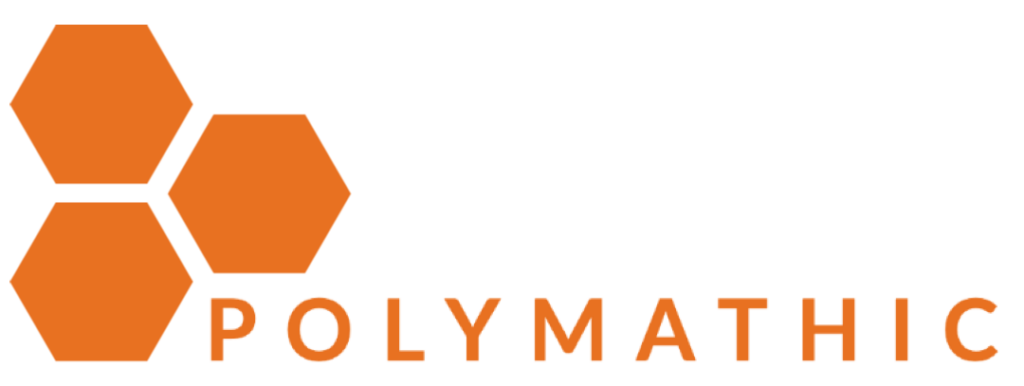4 min read
---
title: "The New AI Leadership Matrix: Building Trust Through Controlled Chaos"
description: "Explore how AI leadership parallels the art of conducting an orchestra, balancing control and creativity to foster innovation and trust in organizational settings."
date: 2023-10-11
image: https://res.cloudinary.com/di6bnuxlj/image/upload/v1761942055/authexis/content_f386e8af-6f00-4972-8f33-f5c7960379f3_1761942053.png
tags:
- AI leadership
- organizational change
- innovation strategy
---
In the dynamic world of AI leadership, finding the right balance between control and creativity can feel like conducting a symphony. I recently experienced this firsthand while observing a conductor masterfully guide an orchestra. His secret? A concept I call "structured freedom" â allowing individual expression within a harmonious collective. This delicate balance is exactly what today's AI leadership requires.
Leading AI initiatives demands more than just oversight; it requires orchestrating a space where innovation can flourish within clear boundaries. This isn't just about technology; it's about managing change and cultivating trust. Modern leaders must learn to orchestrate rather than dictate, creating environments where innovation thrives within thoughtful boundaries.
## The Leadership Challenge
Organizations today face a critical tension in AI adoption. Many leaders default to two extremes: strict compliance-driven control or unchecked innovation. This binary thinking often stalls AI initiatives, leading to excessive costs and unclear business value. According to studies, over 40% of enterprise AI projects are expected to be canceled by 2027 due to these issues.
The real challenge is finding a dynamic balance that adapts to context, maturity, and purpose. Enter the AI Leadership Matrix.
## The AI Leadership Matrix Framework
Years of observing AI initiatives have led me to develop a framework mapping leadership approaches across two dimensions: structure and experimentation. This creates four quadrants:
- **Rigid Control (High Structure, Low Experimentation):** Where innovation is stifled by governance.
- **Pure Experimentation (Low Structure, High Experimentation):** Where chaos and risk run wild.
- **Passive Observation (Low Structure, Low Experimentation):** Where nothing meaningful occurs.
- **Controlled Chaos (High Structure, High Experimentation):** The optimal zone where creativity and governance coexist.
### The Power of Controlled Chaos
The Controlled Chaos quadrant consistently emerges as the optimal zone for AI leadership. It mirrors complex systems that evolve through adaptive order, not rigid predictability. This approach transforms stalled projects into breakthrough innovations by establishing "bounded freedom" â allowing teams to experiment within ethical and operational guardrails.
## Building Blocks of the Controlled Chaos Approach
The foundation of controlled chaos rests on three pillars:
1. **Trust Through Transparency**
Success starts with narrative, not documentation. Make decision-making visible by explaining tool choices and risk assessments. Invite constructive dissent early; people trust what they help shape.
2. **Supporting Architecture**
Create a governance framework that naturally embeds oversight:
- Clear data use principles
- Lightweight review cycles and ethical checkpoints
- Monitoring tools that provide visibility without bureaucracy
3. **Structured Freedom**
Implement "graduated freedom" through:
- Bounded sandboxes for safe experimentation
- Cross-functional innovation pods with clear charters
- Regular feedback loops between experimentation and governance
### The Conductor's Toolkit
To maintain this balance, leaders need a rhythm of practices:
- **Weekly Alignment:** Light-touch check-ins on goals
- **Monthly Review:** Deeper synthesis of progress
- **Quarterly Reflection:** Reset tempo and recalibrate strategy
Think of it as a musical score â tempo, phrasing, and repetition build coherence over time.
## Moving from Theory to Practice
Start by understanding your organization's culture of control and innovation. In your first 30 days, focus on listening and mapping. Identify early adopters and use their momentum to model success. By day 60, formalize sandbox environments and governance rhythm. By day 90, integrate lessons into policy and communication.
## Measuring Success
Track these key metrics to gauge effectiveness:
1. **Cycle Time:** Speed from idea to validated pilot
2. **Trust Index:** Stakeholder confidence in AI systems
3. **Learning Velocity:** How quickly teams convert experiments into institutional knowledge
## Conclusion
As AI technology evolves, we're moving from policy-based governance to pattern-based governance. The controlled chaos approach is perfectly suited for this evolution, focusing on dynamic equilibrium. Structure without freedom kills innovation; freedom without structure kills progress. The real skill lies in adjusting the dial based on the situation.
For leaders ready to embrace this approach, start small but visibly. Model curiosity and narrate your decision-making. Show that control and creativity are partners. Like that orchestra conductor, your role isn't to control every movement but to create conditions where excellence naturally emerges. In the age of AI, that's the leadership that builds both trust and transformation.
